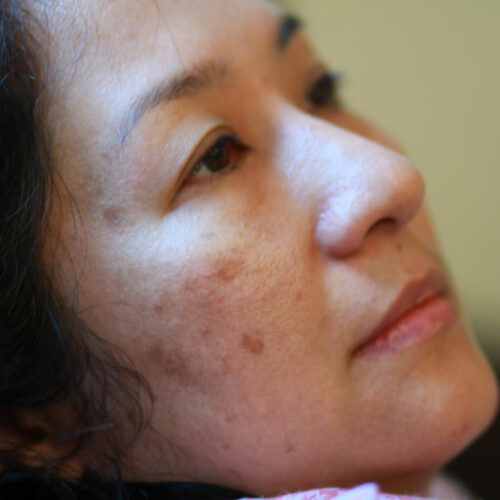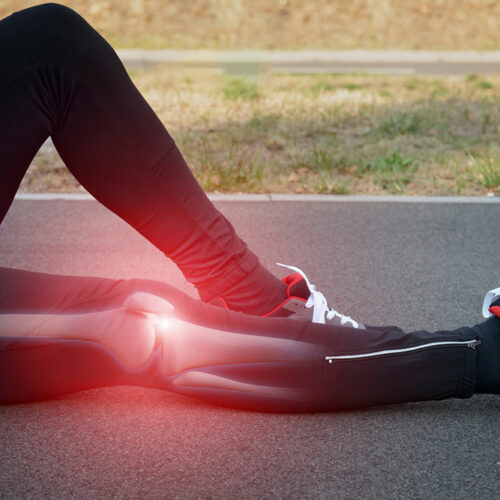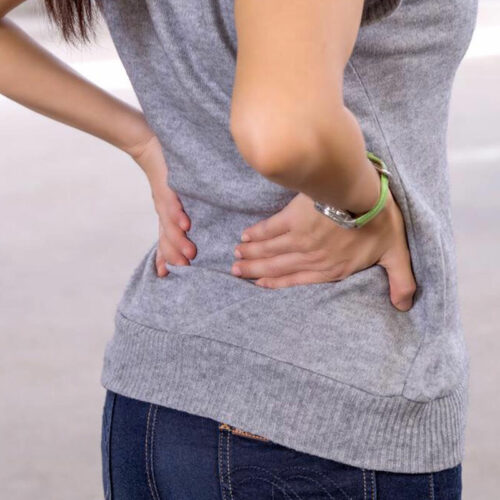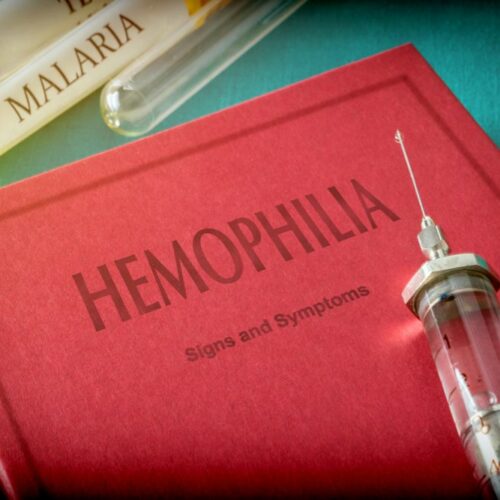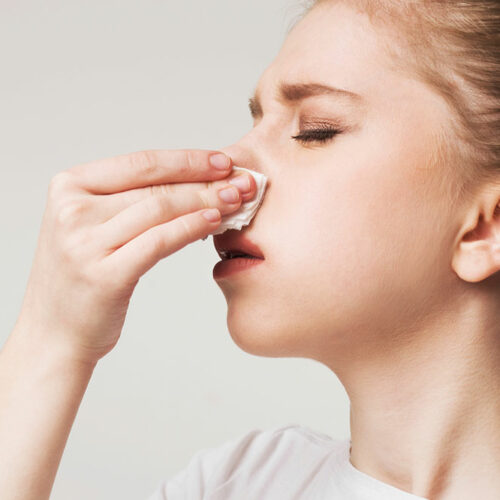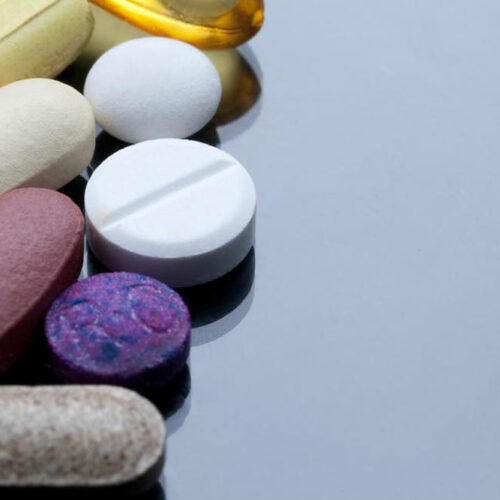
The Symptoms of Vitamin B12 Deficiency
The food we consume every day mostly consists of carbohydrates, proteins, and fats. However, there are other essential organic and inorganic constituents, which are equally important for our health. Vitamins are one such organic component of food. Although we only need to include minute quantities of these in our everyday diet, they play a significant role in maintaining an individual’s growth and metabolism. Any person’s healthy appearance comes not only from energy-yielding proteins, carbohydrates, and fats but also from other components like vitamins, minerals, and water. Sources of vitamins Vitamins are a protective food that is essential to ensure that the human body functions normally. Vitamins are crucial since they cannot be synthesized in the human body. Therefore, whenever there is disequilibrium in its quantity, one needs to take supplements to ensure a balanced intake. Since plants can synthesize vitamins, animal foods like meat, fish, eggs, liver, and milk can be a good way to replenish a vitamin imbalance. When humans eat animals that feed on plants, vitamins are transferred to the human body. Vitamin B12, also known as cobalamin, cannot be found in foods of plant origin. Animal-based foods are an abundant source of this vitamin. Vitamin B12 that is synthesized by the intestinal bacteria in humans is not enough to meet the daily requirements. In such cases, vitamin B12 supplements are a lifesaver. Kinds of vitamins Vitamins are of two types, fat-soluble and water-soluble. The B complex groups of vitamins like thiamine, niacin, folic acid, riboflavin, cobalamin, riboflavin, and biotin are water-soluble. Hydroxycobalamin, chlorocobalamin, cyan cobalamin, and nitro cobalamin are few active forms of vitamin B12. Functions of vitamin B12 All vitamins which are a part of vitamin B-Complex act as coenzymes and vitamin B12 is no exception. Vitamin B12 acts as coenzymes in different chemical reactions in the body, in the form of cobamide, which is involved in the formation of DNA.
Read More 